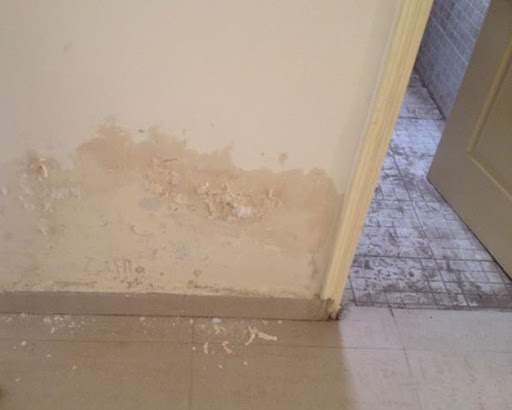
How to make seepage less House?
How to make seepage less
House?
Living in a house that has seepage problems can be hell.
Not only does it
ruin the look of your walls, ceiling, and floor; serious seepage problems
compromise the strength of the structure.
It is an
indication of bad quality of work.
Walls,
ceiling, basement, floor, window and door lintels, etc.
In this article, we will tell you how to protect your house from seepage and make
your home seepage-proof.
The main causes
of the basement, seepage are floor cracks, cove seepage (the place where floor and
wall meet), concrete wall cracks, mortar joint, or masonry seepage.
To fix the
problem of floor cracks and cove joints, one should have a proper interior drain
system, so that water has somewhere else to go.
To repair wall
cracks the best solution is to insert expanded polyurethane or fill the crack
with sodium bentonite clay.
To repair
seepage in mortar joints and masonry seepage, as blocks are porous by nature,
one needs to have a waterproofing membrane in place.
In the bathroom, the seepage could also be because of leaking pipes.
Seepage in walls
could also be due to external rainwater.
The best solution to treating seepage in walls caused due to cracks in the bathroom and
kitchen tiles is by filling the grout and thus restricting the passage of
water.
One can also
fill the crack using sealing agents.
This is the
method that is used for cracks in the floor to prevent seepage.
Seepage in walls
caused due to rain is also caused due to cracks.
The cracks need
to be filled to stop the dampness.
The gaps between
window frames and walls should also be covered filled by an agent.
After that
mortar mixed with waterproofing admixtures should be used for plastering and
finally after the base is prepared, the painting should be done.
The
cracks in roofs should also be filled in and sealing agents should be used.
Water The logging issue on the roof should be addressed.
A
waterproofing membrane could be laid down before the flooring of the roof is
done, to ensure that no seepage occurs.
The best way to prevent seepage is to ensure that good waterproofing measures are
in place which are designed and set according to the requirement of the project
and the local environment of the location of the project.
If
seepage has occurred it should be treated immediately and adequate waterproofing
measures should be taken up.
This
way the house would become seepage and you won’t dread the coming rains or
the groundwater level troubling your basement.
Living in a house that has seepage problems can be hell.
Easy Nirman Construction was Never Easy Before Us









No Comments yet ...